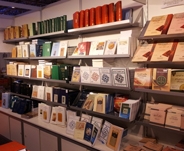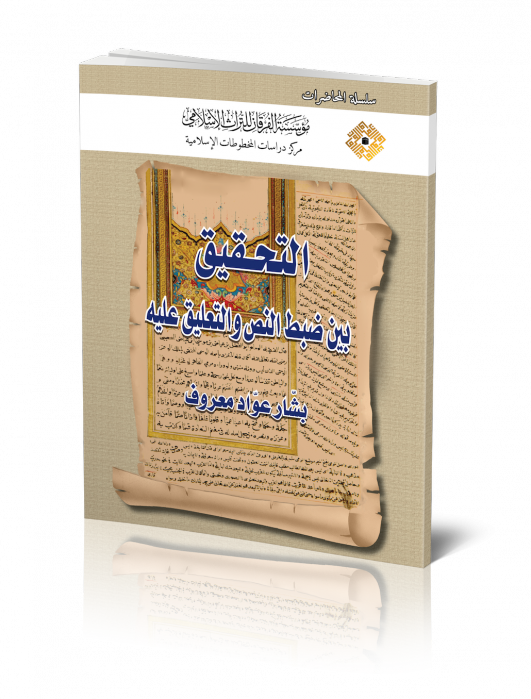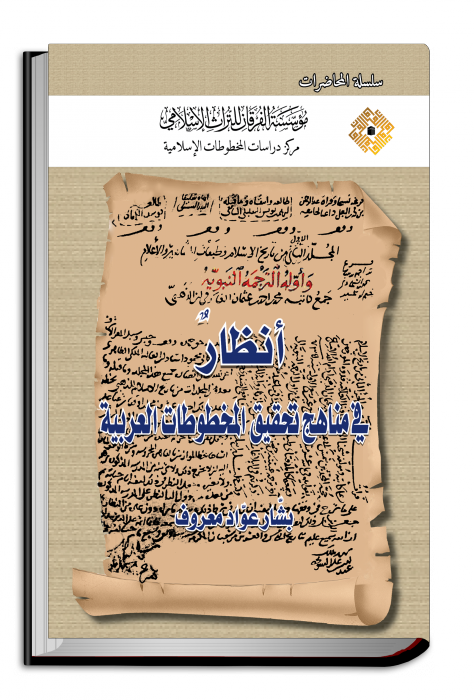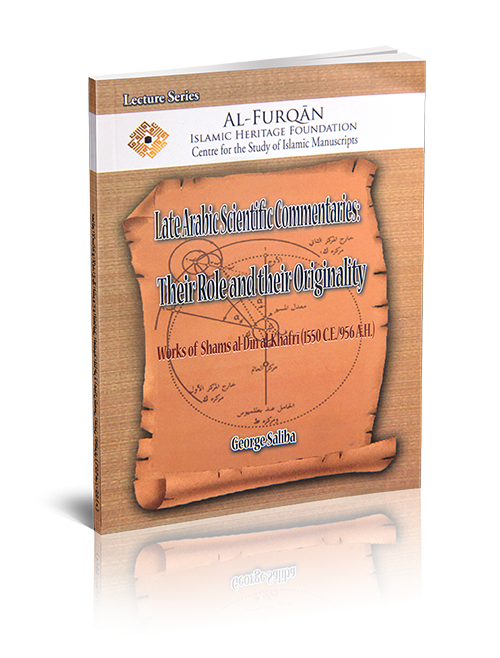The Critical Edition of Texts between Different Narrations, the Importance of Auditions, and Multiple Versions
This book addresses three very thorny issues, where the author, Professor Bashar Awwad Marouf, was successful in providing effective solutions to these complex problems, stemming from his extensive and deep experience spanning more than a half century in the critical edition of heritage texts. These problematic issues are: First: differences in book order and content between narrators of books authored in the second and third Hijri centuries; this despite the author being one and the same, and the narrators being his most trustworthy and competent students. Professor Marouf attempted to explain this phenomenon in the authorship movement of Muslim Arabs, and elucidate its reasons, and outcomes. He presented the “Muwaṭṭa’ ” of Imām Mālik b. Anas (d. 179AH / 795CE) as an example;after he had gathered several extant narrations of this work, which differ in the order of volumes and chapters; the number of prophetic traditions (ḥadīth)—whether elevated to the Prophet (peace be upon him) (marfū‘) or attributed to a Companion (mawqūf); the fatwas issued by the Companions and the subsequent generation, al-Tabi’ūn; and the fatwas by Imām Mālik himself. Second: examining the importance of the auditions recorded on the handwritten copies by eminent scholars, and whether these confer extra weight to the manuscript copy in terms of correctness of the information within, as well as determining its position vis-à-vis other copies, whether superior or otherwise. In addition, exploring the difference between audition of books by scholars, and a scholar reading and then adding commentary to a book, whether to correct or signal disagreement; and the resulting benefits of both these actions. Third: the ways of dealing with the multiple versions of the same book in the process of conducting critical edition, and the best approach to be adopted. Indeed, the author in the age of manuscripts—as is the case today—may have revisited his work, with further content addition, deletion, and refinement. While some copyists transcribed the early versions, others transcribed the later ones, and as a result, manuscript copies would differ in containing more material or less. This required the critical editor to adopt a clear position in this respect.
 Shared Knowledge
Shared Knowledge


 The Critical Edition of Manuscripts between Text Verification and Commentary
The Critical Edition of Manuscripts between Text Verification and Commentary Perspectives on the Methodologies of Critical Editing of Arabic Manuscripts
Perspectives on the Methodologies of Critical Editing of Arabic Manuscripts Late Arabic Scientific Commentaries: Their Role and their Originality : Works of Shams al-Dīn al-Khafrī (1550 C.E./956 A.H.) - English version
Late Arabic Scientific Commentaries: Their Role and their Originality : Works of Shams al-Dīn al-Khafrī (1550 C.E./956 A.H.) - English version